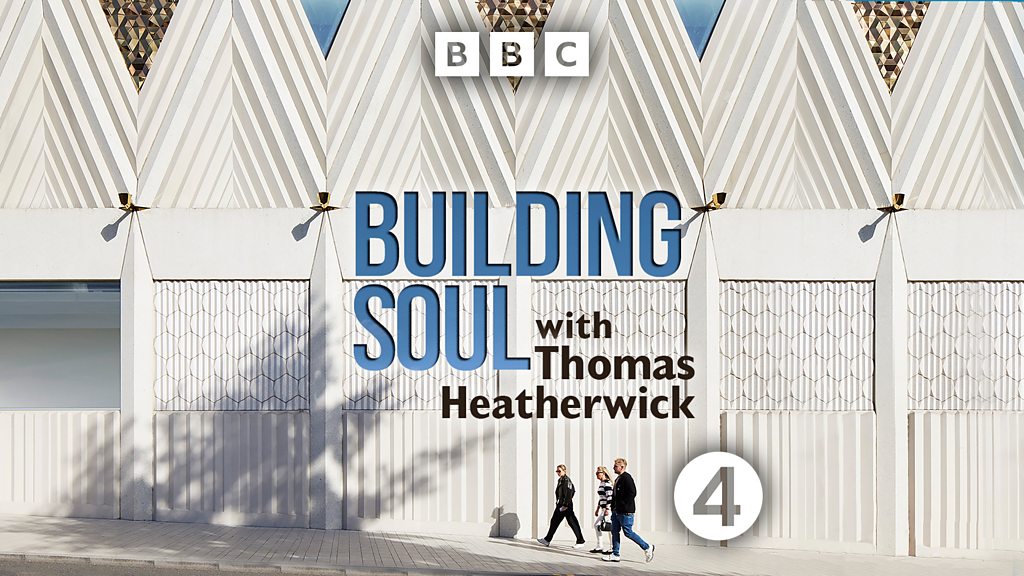Excellent first part of a 3-episode series on Radio 4, Tuesday mornings over the next 3 weeks, criticising functionalism in modern architecture as both antithetical to human wellbeing (as evidenced by brain scans) and environmentally wasteful, while not advocating returns to traditional vernacularism. Well worth hearing.
Tues 3 Oct
9am - Building Soul with Thomas Heatherwick
1/3 - Why Boring Buildings Are Bad for Us
Designer Thomas Heatherwick looks at the way cities get built and how it affects our lives. He begins by explaining why he believes boring architecture is bad for human health and the damage done to the planet by identikit modern urban environments.
Tues 3 Oct
9am - Building Soul with Thomas Heatherwick
1/3 - Why Boring Buildings Are Bad for Us
Designer Thomas Heatherwick looks at the way cities get built and how it affects our lives. He begins by explaining why he believes boring architecture is bad for human health and the damage done to the planet by identikit modern urban environments.

 ). But a stimulating listen.
). But a stimulating listen.
 . A bit of a put-down for the presenter from Jonathan Meades, not that he seemed to mind. I think I agree with what he's saying, but one needs to see the kind of buildings being envisaged.
. A bit of a put-down for the presenter from Jonathan Meades, not that he seemed to mind. I think I agree with what he's saying, but one needs to see the kind of buildings being envisaged.
Comment